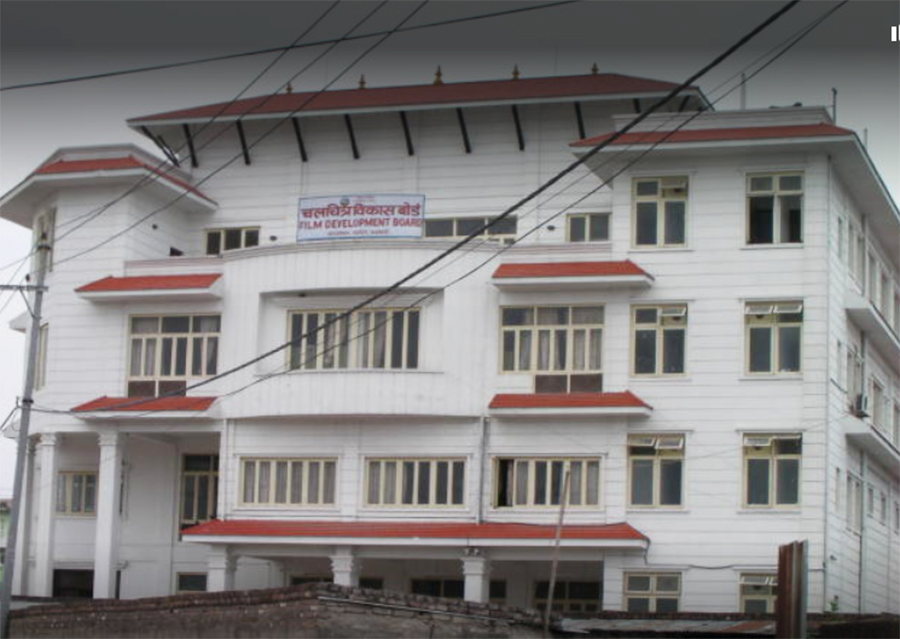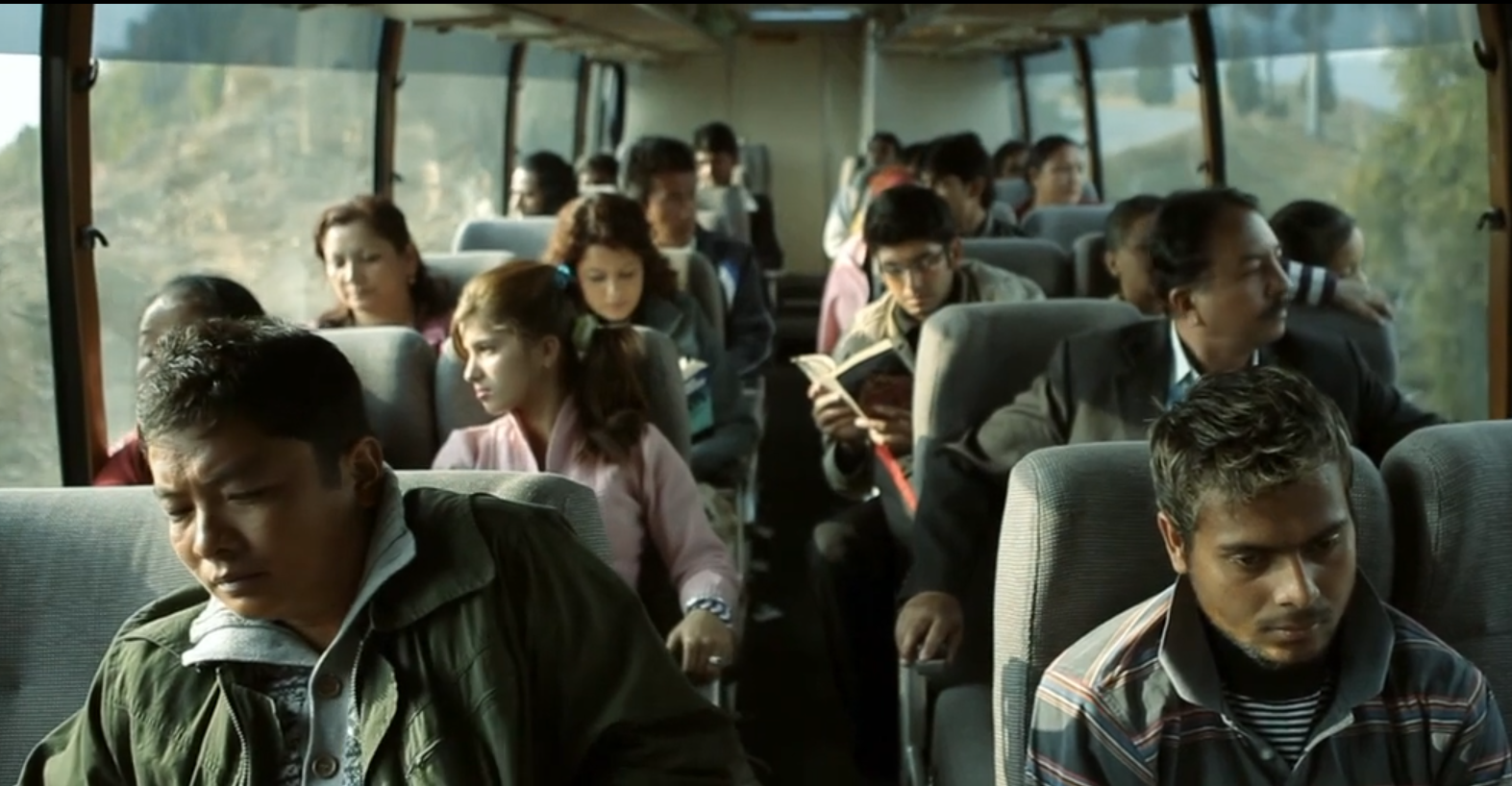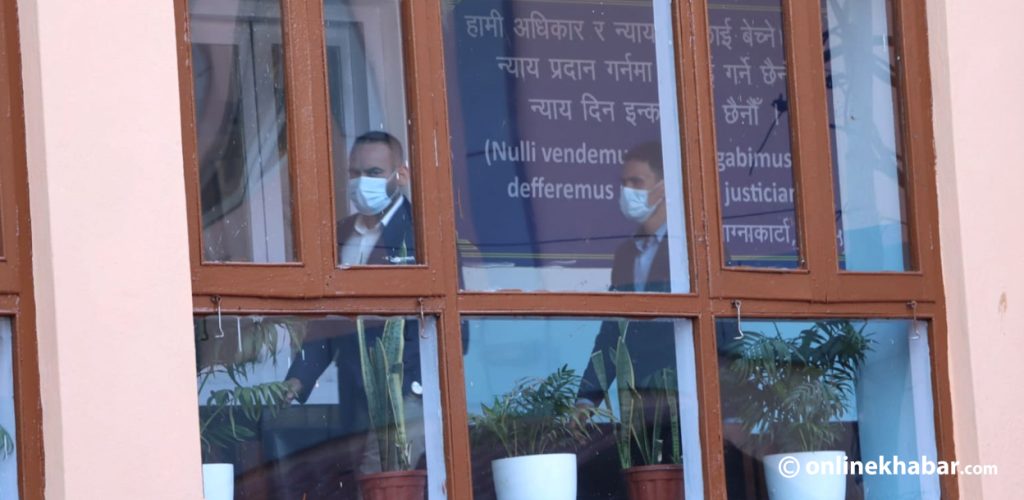
Last week, the Ministry of Communication and Information Technology issued a draft of Film Screening Procedure 2024. The draft, however, is receiving flak, especially from individuals of the film fraternity for being against creativity and freedom of expression.
The draft of the Film Screening Procedure comprises 17 rules, with rule number 4 being the most contentious. Rule 4 of the draft, which has 20 sub-rules, outlines conditions under which censor certification will not be provided to films.
According to Rule 4, a film that jeopardises the peace and security of Nepal, undermines relationships among various religions, casts, genders, and relationships with neighbouring countries, or attempts to show contempt of court will be ineligible for censor certification.
Similarly, the rule also prohibits films from depicting scenes of violence against children and animals. Furthermore, it mandates the exclusion of any scenes that offend individuals with disabilities or promote the consumption of drugs and alcohol among the audience.
“There should be no scene of rape and nudity,” states the draft. “The film should not encourage unscientific things and should go against the national interest.”
Furthermore, the draft of the Film Screening Procedure also prohibits filmmakers from prolonging kissing scenes beyond five seconds and has also mandated the exclusion of scenes and dialogue that could misinterpret national songs, national history, and geographical conditions.
After having gone through the draft of the Film Screening Procedure, filmmakers have expressed concerns that if implemented, they will no longer be able to make films in Nepal. They also argue that the rules put on the draft are irrelevant and impractical in the current context, posing a threat to the creativity and artistic freedom of filmmakers.
Back to stone age

Filmmaker and film critic Samipya Timalsena says that these rules have been made by those who do not have basic film knowledge.
“The rules feel like we are in a more dangerous time than the Panchayat era,” says Timalsena.
Timalsena suggests that instead of censoring films, a grading system should be implemented. He said if films were graded into different classifications such as adult movies, non-adult movies, religious movies, and others, there would be no need for rules like this. This approach, he said, aligns with the popular global practice and would allow the audience to choose which films they want to watch based on their preferences and age appropriateness.
“Why not bring progressive rules instead of censoring a film entirely,” says Timalsena. “In Nepal, the authorities do not see things that way.”
Lately, the Nepali government has faced criticism for banning various things. First, the government banned TikTok. Then a few weeks later, it put a ban on protesting in certain areas of Kathmandu including the Matitighar Mandala. Now, with the introduction of the film screening draft that imposes restrictions on filmmakers, further scrutiny and criticism have emerged regarding the government’s stance on limiting creative expression in films.
“The government is inclined towards the politics of restriction,” says Shishir Uprety, film educator, who is also a principal at Nepal Film Campus.
Uprety further says that the rule included in the draft of Film Screening Procedure 2024 just does not limit the filmmaker’s creativity but also violates the constitutional right of freedom of opinion and expression.
Filmmaker and film critic Manoj Pandit has also expressed concern over the draft.
“We need to be united and stand against this,” he wrote on social media.
Attack on artistic freedom

Observers say that the rules mentioned in the draft of the Film Screening Procedure will have a major impact on the film sector affecting artistic freedom and creativity. They argue that as Nepali films gain international recognition and reach, implementing such restrictive rules will hinder the growth of the Nepali film industry.
They further argue that although authorities attempted to revise the Motion Picture Act 1969, the inclusion of conservative rules undermines the entire effort, potentially stifling creativity and limiting the industry’s progress.
“If such a rule comes into implementation, it will kill the creativity of filmmaking. There will be no variation among the films,” says Timalsena. “Only religious films can adopt such rules as they include only good language and no adult scenes.”
Uprety also says by introducing such rules the government does not want the public to be aware of their wrongdoings. Uprety specifically points out the sub-rule 6 which prohibits the scene that would offend a person, profession, business or organisation.
“This means if any person, profession, business and organisation commits any kind of wrongdoing, we cannot expose them through film just because they would get offended,” he questions.
The other rule that has disappointed Uprety is the sub-rule that prohibits the use of double-meaning conversation and visuals.
“If this is implemented, the filmmaker will be prevented from using symbols and metaphors, which play a vital role in filmmaking,” says Uprety.
Uprety highlights the broader implications of allowing the government to impose censorship on filmmaking, warning that if left unchecked, it could pave the way for similar restrictions in other forms of artistic expression such as writing and painting. Both Uprety and Timalsena argue that the draft reflects a regressive mindset that fails to grasp the importance of artistic and creative freedom. They advocate for the protection of these fundamental rights in the realm of filmmaking and beyond.
Just an idea

In response to the criticism the Film Censor Board however held a discussion program with film-related organisations on February 8. In the meeting, the board asked the film organisations to submit a joint recommendation to the board within a week.
The government side says that the misunderstanding about the draft of the Film Screening Procedure has created a controversy.
“People have overreacted, they reacted as if these points will be implemented immediately, which was unnecessary,” says Rishi Raj Acharya, a member of the Film Censor Board. If the government has an ill intention towards the film sector, they would not have called filmmakers for discussion.”
However, Acharya also agrees that there is room for improvement in the draft.
“There are some nice provisions in the draft but the controversy has overshadowed them,” says Acharya. The draft has tried to promote self-censorship, but it remained unnoticed.”


























